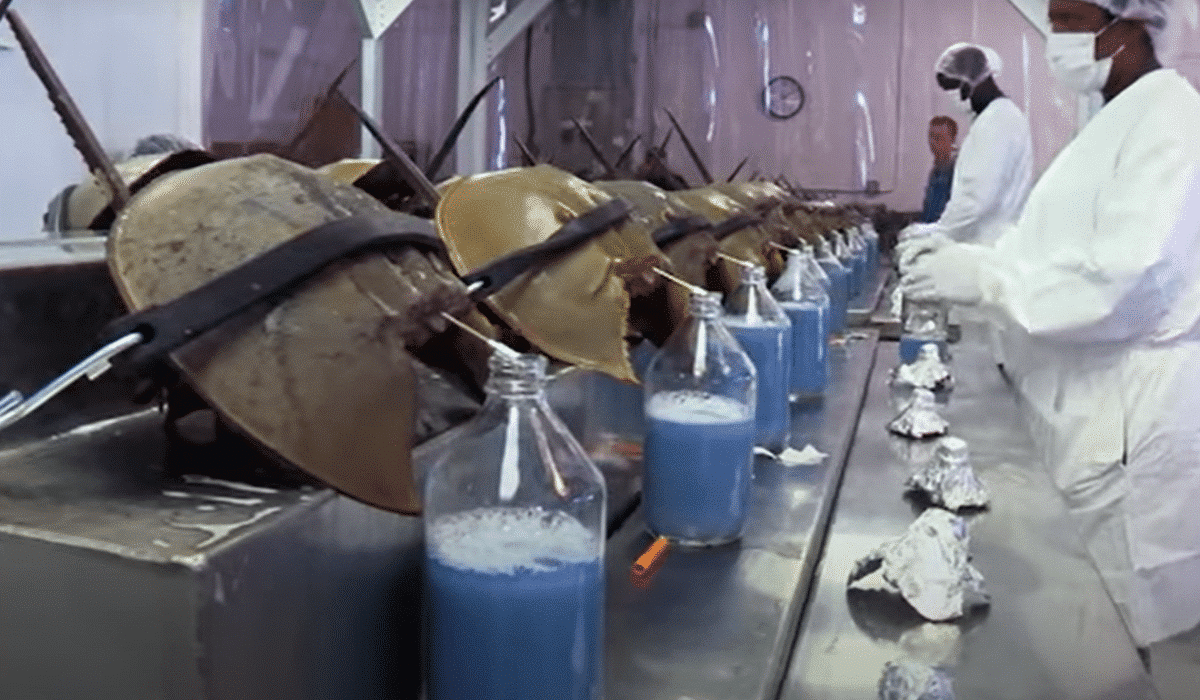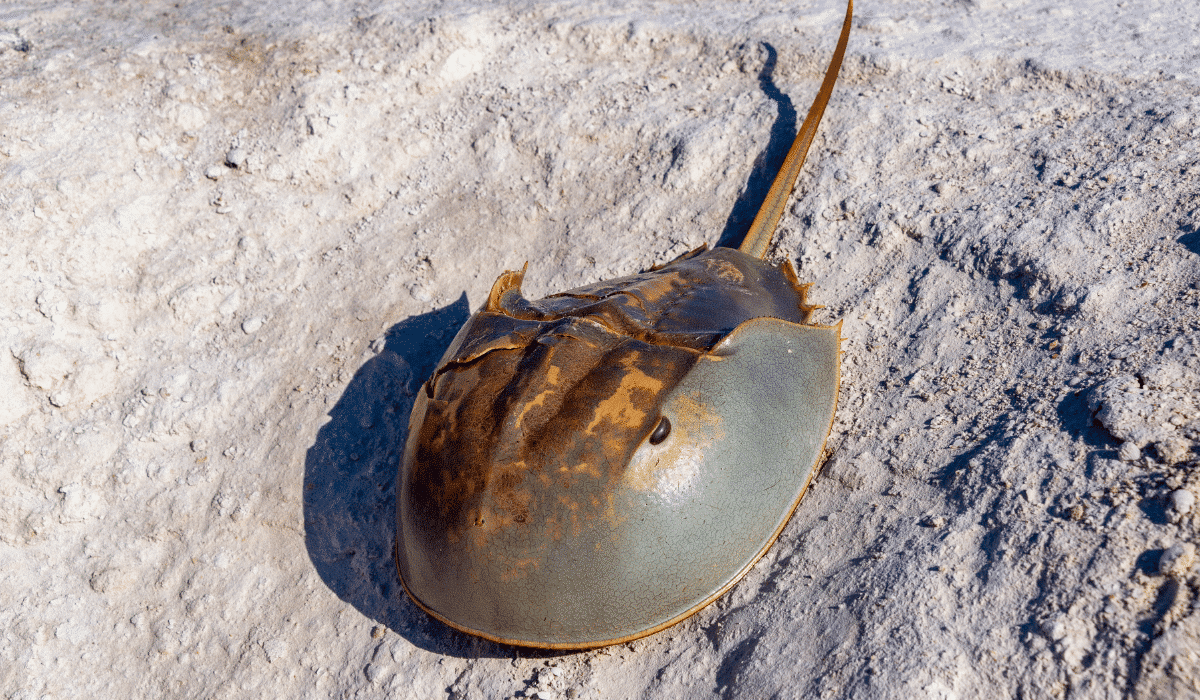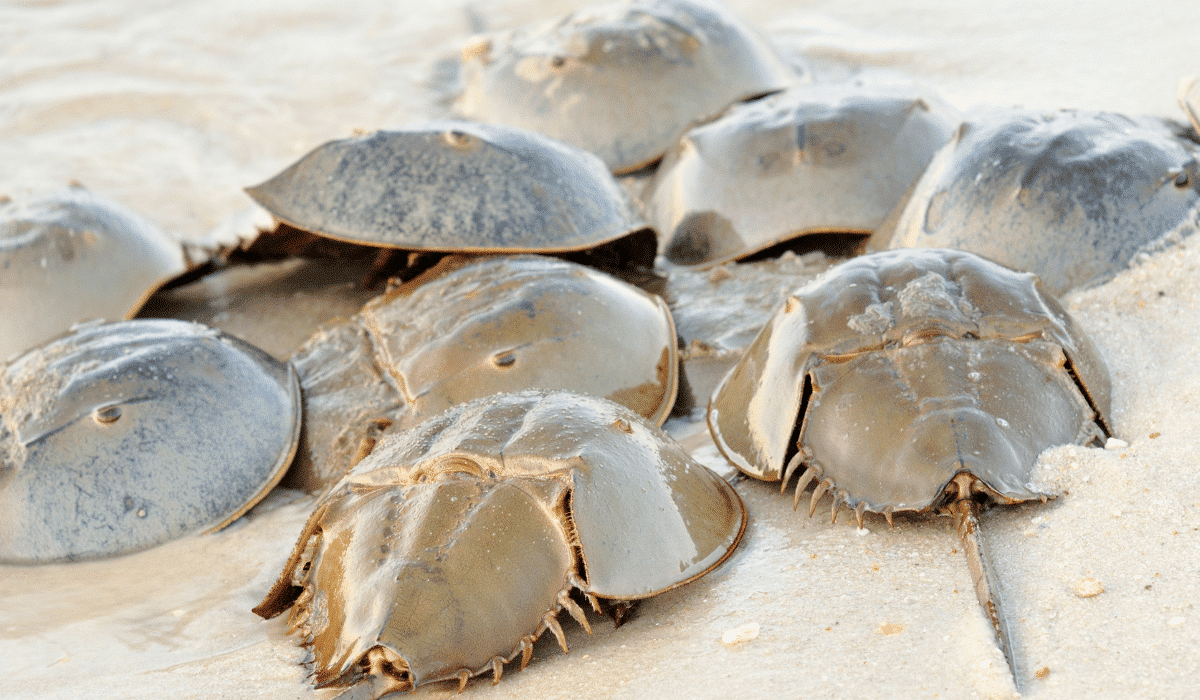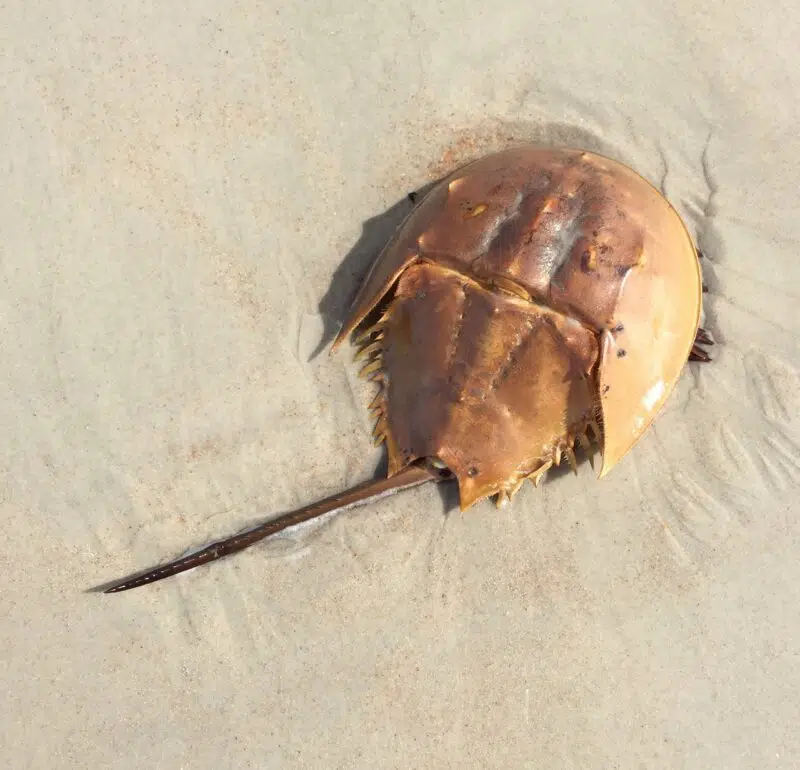Imagine a creature whose blood is so valuable that it’s often referred to as “liquid gold.” No, it’s not a mythical beast from a fantasy novel; it’s the horseshoe crab.
This ancient crab has blue blood that plays a crucial role in vaccine development and pharmaceutical quality control. But what makes this blue fluid so special?
The Magic Ingredient

The secret lies in a unique substance called Limulus Amebocyte Lysate (LAL). This part of horseshoe crab blood has an extraordinary ability to detect bacterial endotoxins, which are harmful substances that can cause severe reactions in humans.
In the pharmaceutical industry, LAL tests are the gold standard for ensuring that vaccines, surgical implants, and even IV drugs are free from bacterial contamination.
A Delicate Harvest

Harvesting this valuable blood isn’t as simple as it sounds. Biomedical labs along coastlines are responsible for collecting the blood, but the process is fraught with ethical and environmental concerns.
The crabs are captured, bled, and then released back into the ocean. While the majority survive this ordeal, a portion do not, leading to a decline in their population. This has a ripple effect on the ecosystem, impacting bird species that rely on horseshoe crab eggs for food.
The Ethical Dilemma
The increasing demand for vaccines and other medical products has led to more horseshoe crabs being bled, often with little responsibility. This raises ethical questions about the sustainability of this practice.
Alternatives like artificial LAL are being developed, but they have yet to match the efficacy of natural LAL. The dilemma puts us at a crossroads: How do we balance the urgent human need for safe medical products with the ecological responsibility to protect these ancient creatures?
Watch Horseshoe Crab’s Being Bled for Blue Blood
A Priceless Commodity
To give you an idea of its worth, a gallon of horseshoe crab blood can cost up to $60,000! This makes it one of the most expensive liquids on Earth, surpassing the cost of gold, oil, and even printer ink. The high price tag reflects not just its rarity but also its irreplaceable role in medical science.

Did You Know?
- Horseshoe crabs have been around for more than 450 million years.
- Their blue blood is due to the presence of copper, unlike the iron-based red blood in humans.
- The LAL test replaced the rabbit pyrogen test, which involved injecting rabbits to check for fever. This makes horseshoe crabs the unsung heroes in animal welfare in lab testing.
The Future is Blue
As we advance in medical science, the role of horseshoe crab blood remains indispensable. Researchers are working on sustainable harvesting methods and effective synthetic alternatives to ensure that we can continue to benefit from this liquid gold without harming its natural source.
In a world increasingly dependent on vaccines and medical technology, the horseshoe crab stands as a humble yet monumental pillar.
Thank you for following along with this article – Horseshoe Crab Blue Blood Fuels Vaccine Development
You may also like:
- Watch: Komodo Dragon Devours Massive Moray Eel - March 25, 2024
- Watch As Lions Try Take Buffalo Down for Hours - March 12, 2024
- Mysterious Stingray Pregnancy: Is The Father A Shark? - March 12, 2024


